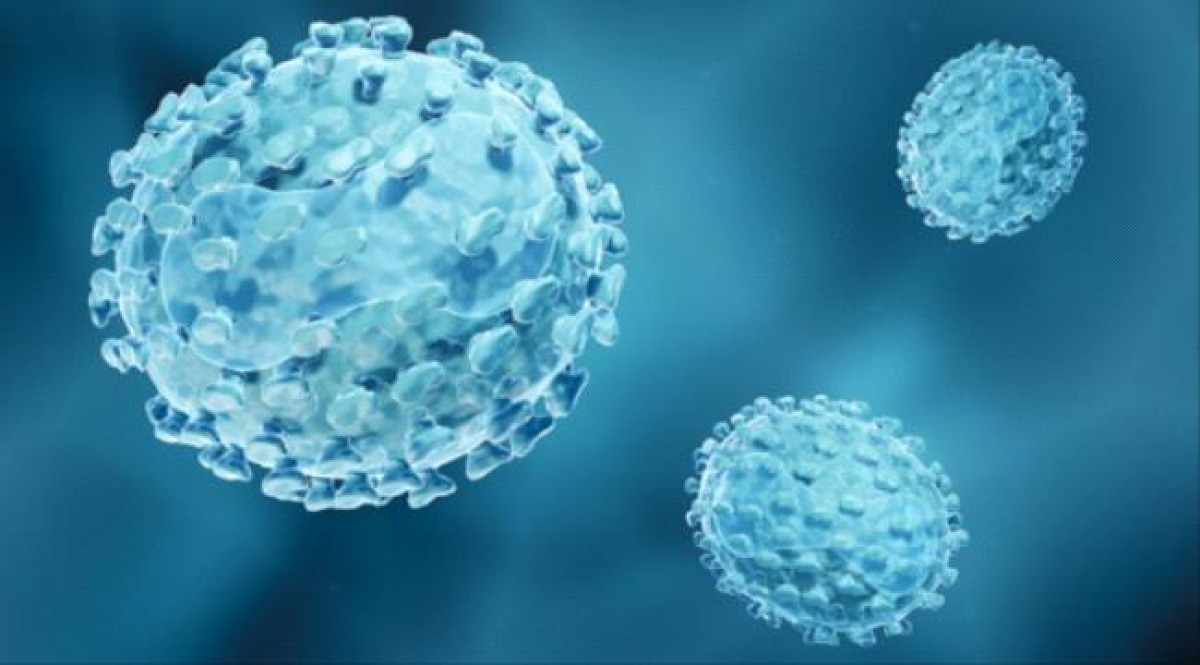After recording the first death in the world.. What is “Alaska smallpox”?


The first death from Alaska smallpox (Alaskapox) was recorded on the Kenai Peninsula in late January, sparking great controversy about the nature of this virus and the extent of its spread.
Since 2005, only seven cases of the infection have been reported, when scientists first spotted it in Fairbanks, Alaska.
So what is "Alaskabox"?
Alaska smallpox, commonly known as AKPV, belongs to the orthopoxvirus (poxvirus) family, including cowpox, monkeypox, and smallpox (one of the deadliest diseases before it was eradicated). It is believed to be transmitted from small rodents, such as voles, to humans.
The Alaska Department of Health warned that household pets such as cats and dogs “may also play a role in spreading the virus.”
What are the symptoms of the disease?
Symptoms of Alaskan smallpox include: skin lesions, swollen lymph nodes, and joint and muscle pain, similar to symptoms caused by monkeypox.
Experts reported that the “unidentified” man, who died as a result of the infection, discovered a red bump in his armpit in September 2023, which prompted doctors to give him antibiotics after his visit to the emergency department.
But as his symptoms worsened and he suffered from fatigue and pain in the armpit and shoulder, he was transferred to the hospital in November.
Paramedics explained that he had “four smaller smallpox-like skin lesions” on different parts of his body. He suffered other complications that led to kidney failure and his death in late January.
Does the infection spread among humans?
Scientists aren't yet sure how Alaskapox virus spreads, but they say evidence suggests it is zoonotic, a disease that spreads from animals to humans.
To date, no human-to-human transmission of AKVP has been documented. But other viruses from the same family, including smallpox and monkeypox, have been shown to be transmitted through direct contact with infected people.
How serious is the disease?
This is the first case of “Alaskabucus” infection that led to hospitalization and subsequent death. But officials indicated that the man had a weakened immune system and was undergoing cancer treatment, which put him at risk of developing a serious illness.
Paramedics said at the time that his health problems may have contributed to the severity of his illness and eventual death.
Experts explained that other previously discovered cases of the disease experienced mild symptoms, which disappeared after a few weeks.
What should sick people do to stop its spread?
Health officials advise those who contract the lesions to avoid touching them, keep them dry and covered with bandages, practice good hand hygiene and avoid sharing fabrics with others.
They said that people who maintain regular contact with wildlife should take extra precautions.
Is this limited to Alaska?
No cases have been reported at all outside of Alaska, suggesting they are limited to the state.
But this fatal case is the first of its kind on the Kenai Peninsula, in the south of the state, indicating that it has spread more widely within Alaska.
The mammals also do not adhere to border restrictions, which indicates that they may spread into Canada.
The scientists added that the deceased man lived alone in a forested area, and did not report any travel or close contact with a similar disease, which also indicates that the virus is more widely spread among animals.